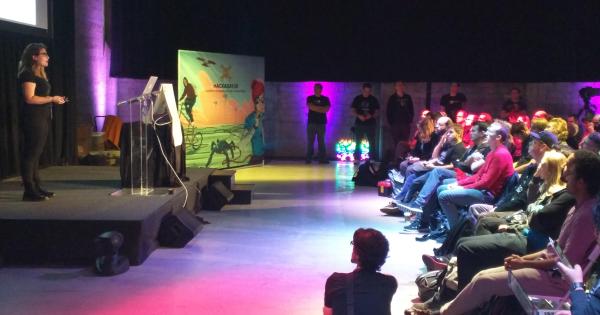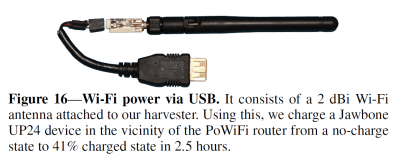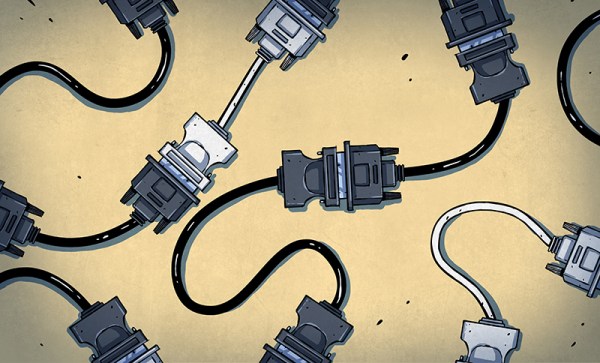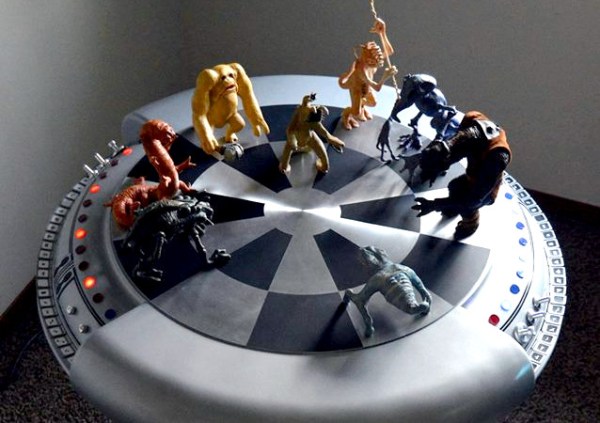If you haven’t heard about the Amazon dash button yet we’re glad you quit watching cat videos and have joined us. Just to get you up to speed: the Amazon dash button is a small wireless device that lets your lazy ass order more laundry soap by pushing the “dash button” which should be affixed to something near your washing machine. The pushing of the button will set in motion the gut wrenching process that we used to know as “buying things we ran out of” but thanks to Amazon we can now just cover our entire lives with an assortment of buttons that take zero credentials to physically push. We can’t see that being a problem whatsoever.
Needless to say we as a community set out to find an actual use for these fantastic little devices. [maximus64] has done quite a nice job at enabling this hardware in a most usable way. Most of the hacks we have seen for the dash button remove the physical push button and add a sensor of some kind. Replacing the button with a sensor still uses the WiFi connection to send data from the button to the cloud. Instead of the button ordering more <<product>> from Amazon, a sensor might trigger the dash to increment a counter on your website letting you know that your dog went through the doggy door +1 more times.
[maximus64] has the dash button working in the reverse manner by porting the Broadcom IoT WICED SDK to the button. He is using the dash button as a receiver and when [maximus64] sends the “all good” signal from his laptop to the dash button his garage door opens which you can see in the video after the break. We find this extremely more useful than the dash button’s original intended use. [maximus64] has instructions in the readme.md file of the github repo so that you too can hack your dash button in this way.











 The approach that Project Jacquard has taken from a hardware standpoint is on point. Rather than having an end user product in mind and design completely towards that goal, the project is focused on the interface as its product. This has the added benefit of endless varieties of textile interface possibilities. As stated in the video embedded after the break, the conductive touch interface can be designed as a visibly noticeable difference in material or seamlessly woven into a garment.
The approach that Project Jacquard has taken from a hardware standpoint is on point. Rather than having an end user product in mind and design completely towards that goal, the project is focused on the interface as its product. This has the added benefit of endless varieties of textile interface possibilities. As stated in the video embedded after the break, the conductive touch interface can be designed as a visibly noticeable difference in material or seamlessly woven into a garment.









